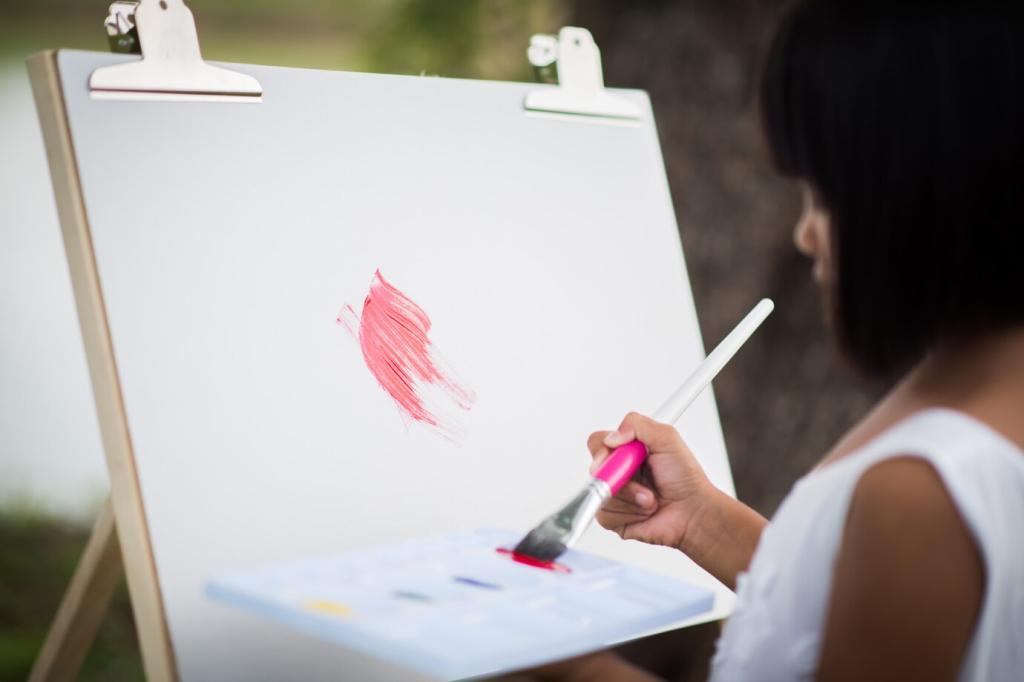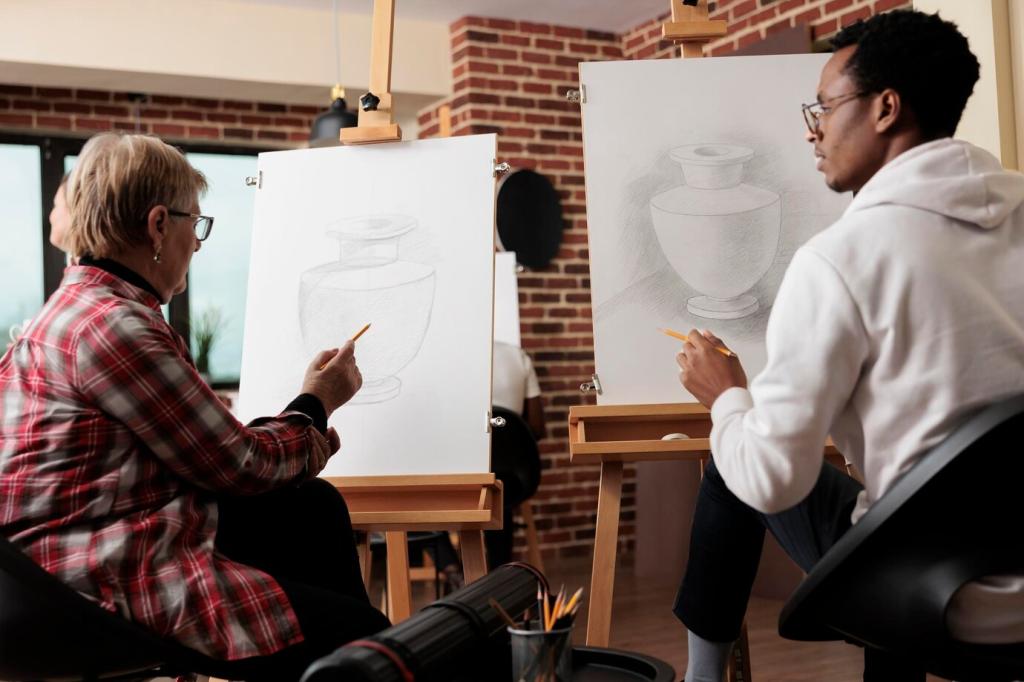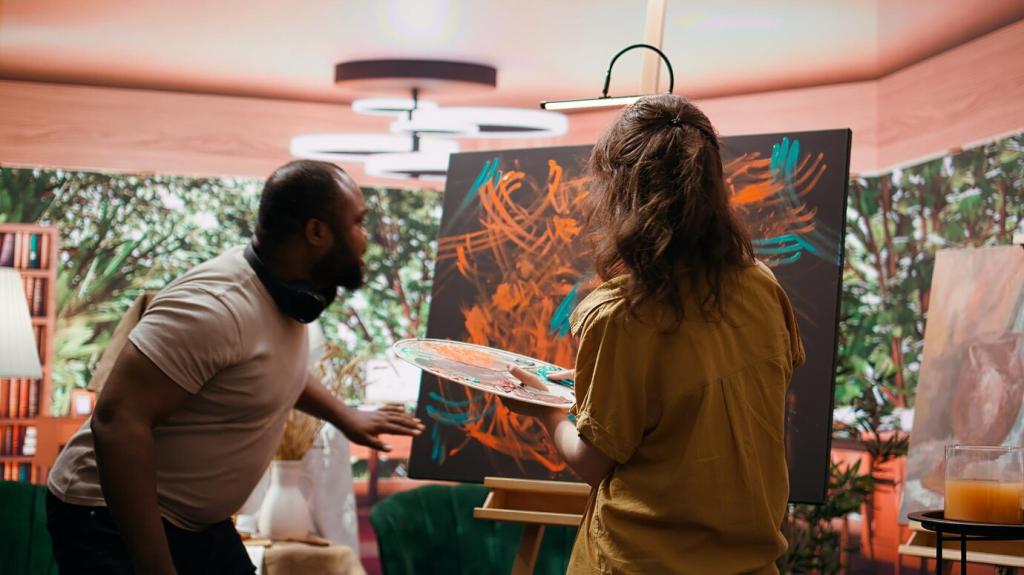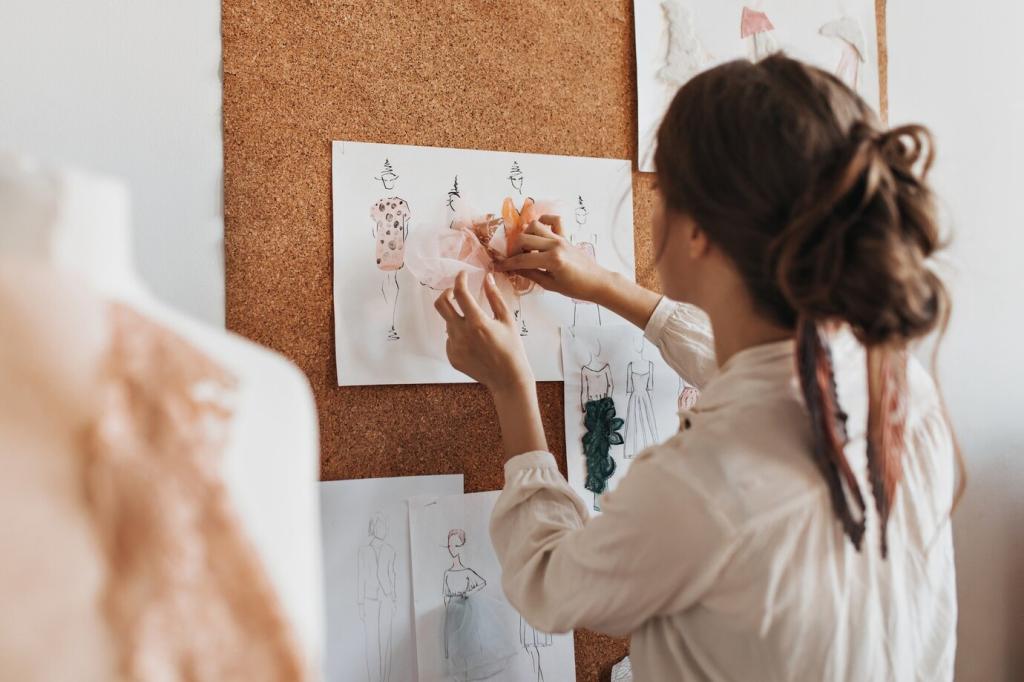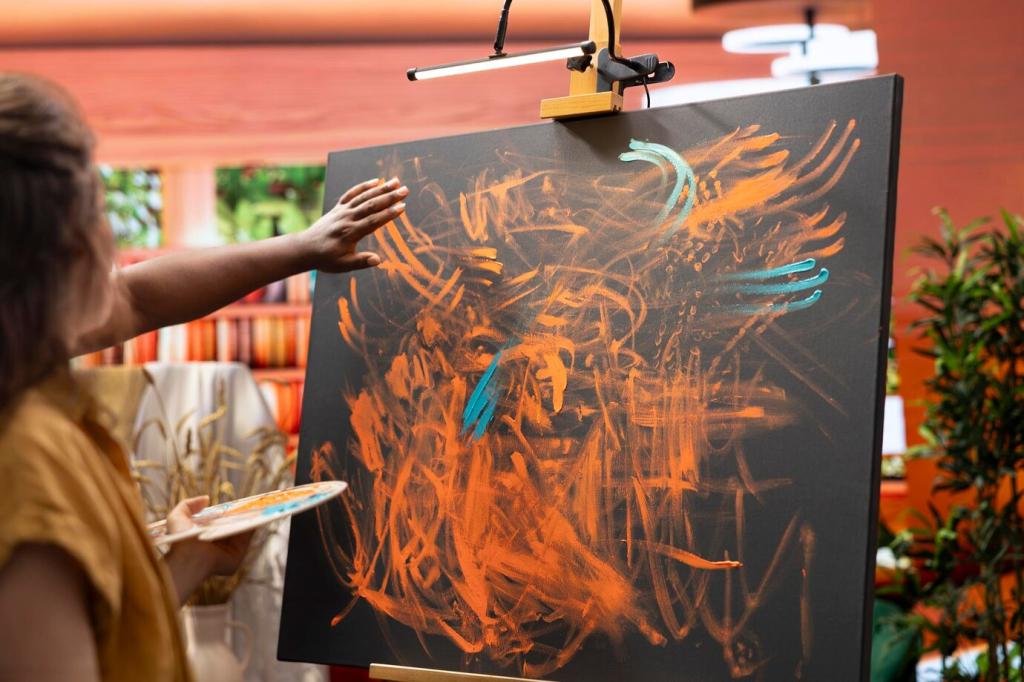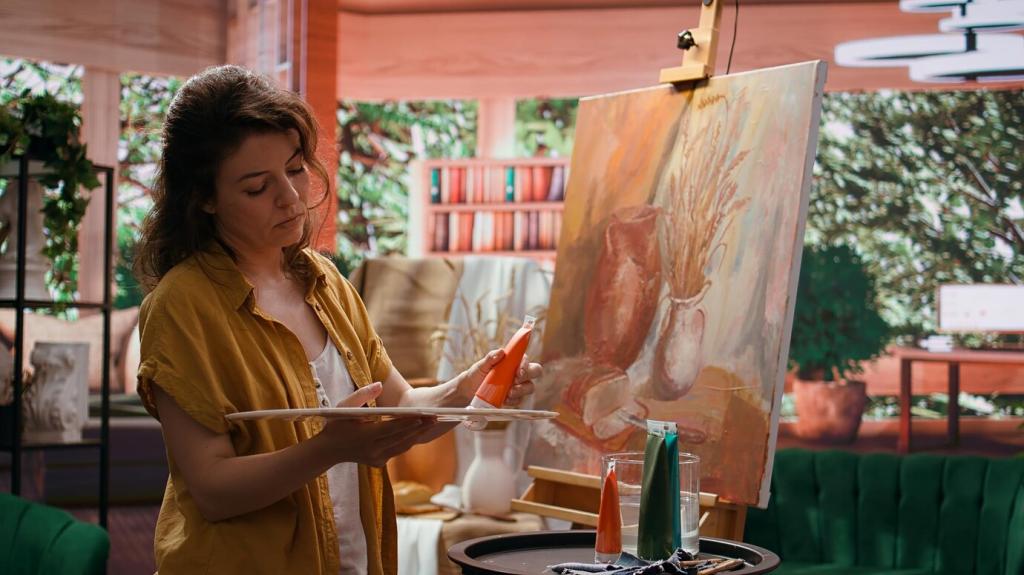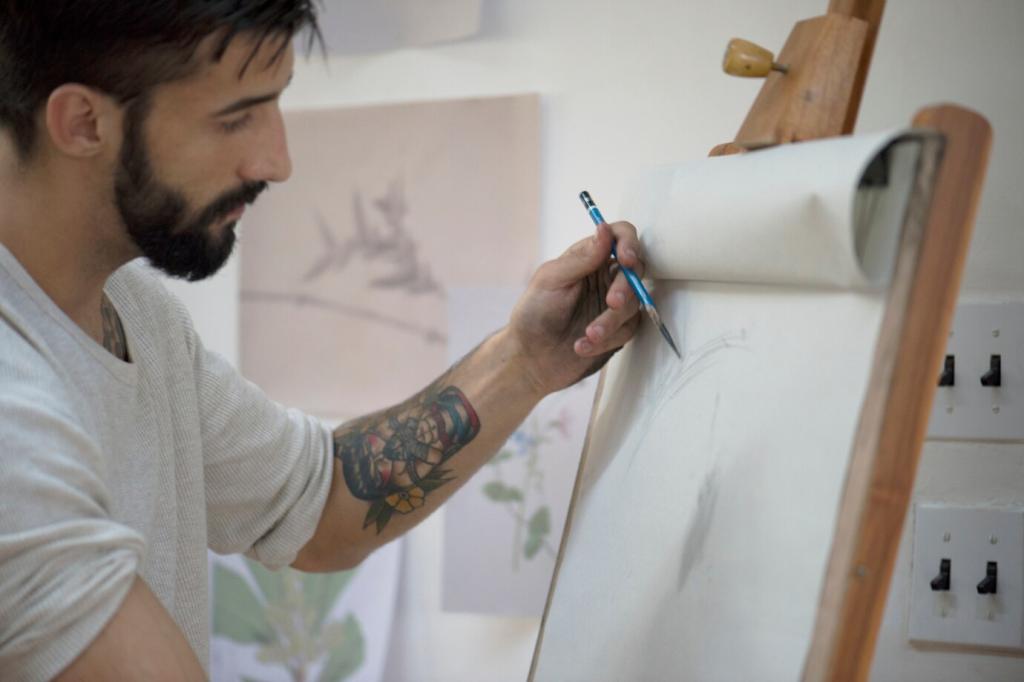Foundations of Color: Hue, Value, and Chroma
A color wheel is more than a classroom poster; it is a map for decisions under pressure. Knowing where a hue sits helps you predict harmony or tension, steer your palette quickly, and avoid random guessing when deadlines or daylight slip away.
Foundations of Color: Hue, Value, and Chroma
Value carries the structure that color rides upon. A painter once told me their breakthrough came when they squinted at a cityscape and realized the drama lived in darks and lights, not the blue of the sky. Try grayscale checks and see clarity emerge.

